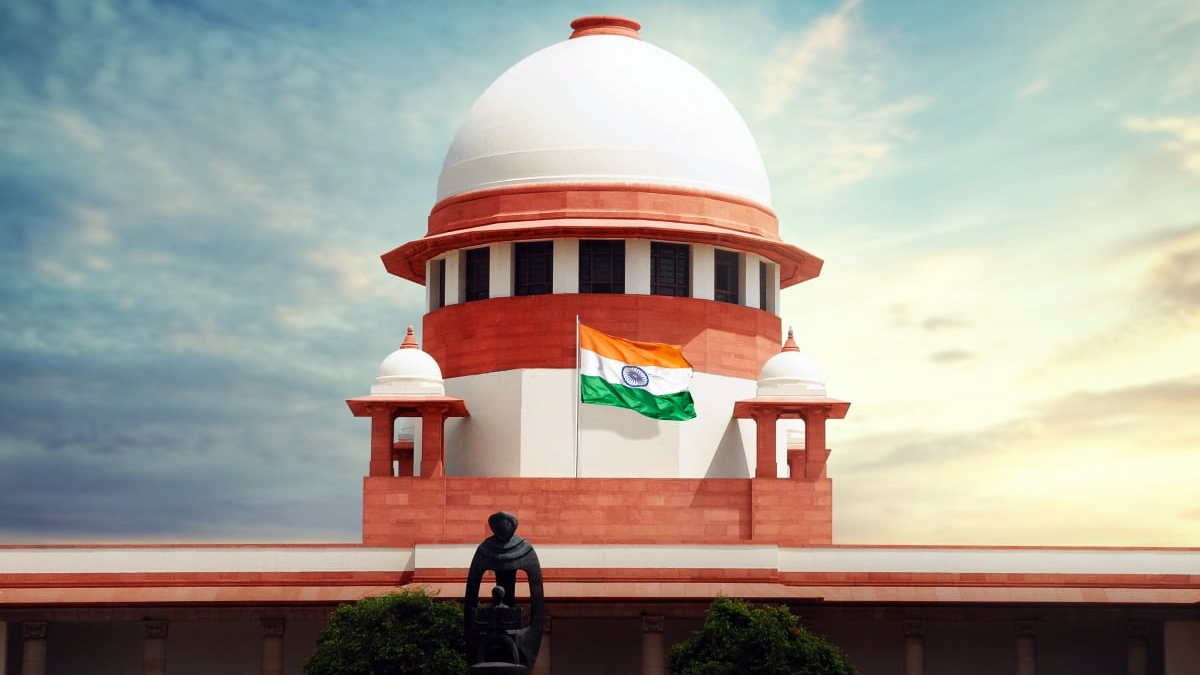
Supreme Court Emphasizes Women’s Representation Essential for Quality Judicial Decisions
Last Updated on May 24, 2025 by Amit Patra
In a trailblazing observation that has the potential to redefine India’s judiciary, the Supreme Court has ruled that increased representation of women on the bench would “greatly enhance the overall quality of judicial decision making,” and reinstated a rejected female judicial officer from the Scheduled Tribe category.
The Bench of Justice BV Nagarathna and SC Sharma observed these pertinent points while dealing with the underrepresentation of women in the Indian judiciary, reiterating once again that diversity in the judiciary allows for a more effective response to diverse social contexts and experiences.
The Court rescued Pinky Meena, a female judicial officer who was terminated for allegedly not having reported past government service. But the Supreme Court ruled that facts were not deserving of dismissal, observing that she had resigned government service prior to accepting judicial service, though the fact itself was not mentioned explicitly.
The ruling of Justice Sharma described three main areas of representation of women within the judiciary: induction into the legal profession, increase and continuation of numbers, and elevation to higher ranks. The Court recognized how increased women make gender equality possible in the process of various means.
The Supreme Court’s opinion is that women judicial appointments at senior levels can help alter gender stereotypes and redefine gender attitudes towards what is deemed acceptable for men and women in society. Women’s visibility as officers in the judiciary trickles down, providing space for enhanced female participation in executive and legislative bodies of government.
Most significantly, perhaps, the Court noted that greater numbers and visibility of women judges instill confidence in women to be more likely to access courts seeking justice and enforcement of their rights, thereby creating an accessible judiciary for half of society.
“The nation would reap greatly from a professional, committed, and most importantly, diverse judiciary force,” the Court said in commendation of the appellant for her devotion to combatting social stigmas in a bid to gain education that ultimately serves both the judiciary and democratic governance.”.
This judgment is a significant judicial recognition of the institutional barriers for women in the legal profession and is a strong precedent for diversity improvement within India’s judiciary as a necessity for effective delivery of justice.




